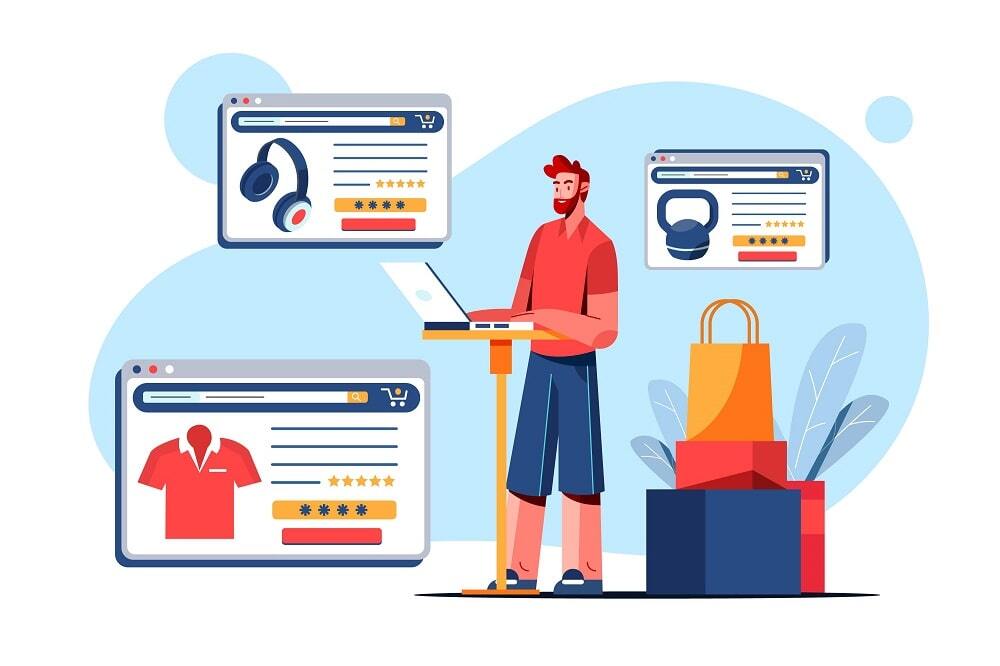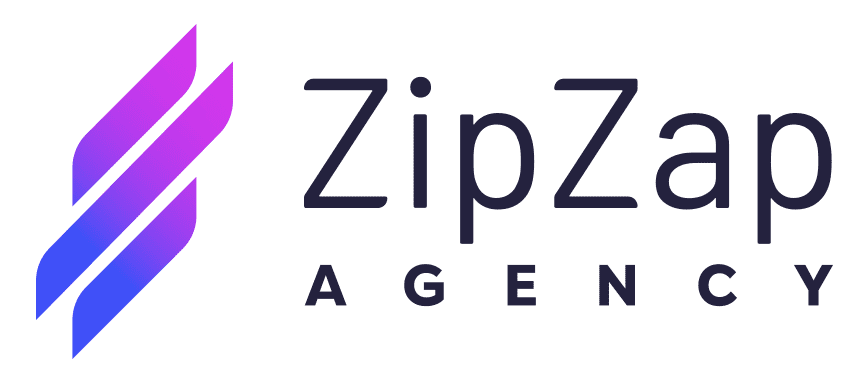
Launching an Amazon FBA business can be highly profitable — but only if you begin with the right niche. Careful market research, competition analysis, and product validation are essential steps to stand out and build a sustainable Amazon business.
Why Amazon Is the Best Platform for Sellers
Amazon is the largest e-commerce marketplace in the world with over 300 million active customers. Prime delivery, trusted infrastructure, and global reach make it a magnet for buyers. For entrepreneurs, this means instant access to millions of potential customers — a huge advantage compared to building an independent online store from scratch.
How to Start Selling on Amazon
The first step is simple: create a professional Amazon seller account. Once approved, you can list your products, set pricing, and start selling. But success doesn’t come from uploading products alone — the winning factor is choosing the right Amazon niche and product strategy.
Market Research: How to Find Profitable Niches
Study demand
Use tools like Amazon Best Sellers, Jungle Scout, or Helium 10 to analyze what products are trending. High demand indicates a healthy niche.
Analyze competition
If the top search results are dominated by established brands with thousands of reviews, entry may be too difficult. Look for niches where competition exists, but not all customer needs are fully met.
Spot underserved markets
Sometimes, niches with steady demand still lack enough quality products. These “gaps” are opportunities to create differentiation.
Understanding Niche Characteristics
When selecting a niche, go beyond numbers:
Target audience: Who are your ideal buyers? What problems are they solving?
Seasonality: Will sales peak during holidays or specific months?
Restrictions: Are there compliance issues (e.g., FDA, safety certifications)? Always check Amazon category guidelines before sourcing.
Training and Preparation
Success on Amazon requires knowledge. Investing in Amazon FBA courses, YouTube tutorials, or seller communities will save time and reduce costly mistakes. Many six-figure sellers started by learning how to read data, optimize listings, and manage advertising campaigns.
Amazon Private Label vs. Reselling Existing Brands
Two common strategies:
Private Label (PL): Create your own branded product, control packaging, marketing, and pricing. Higher risk, but also higher profit margins.
Reselling/Wholesale: Offer existing branded products. Lower margins, but less upfront work.
Your choice depends on budget, long-term goals, and risk tolerance.
Risk and Profitability Analysis
Before committing:
Initial investment: Factor in manufacturing, Amazon fees, advertising (PPC), and logistics.
Profit margins: Use the Amazon FBA calculator to estimate net profit after costs.
Growth potential: Is this niche expanding or shrinking?
Launch and Scaling
Once you’ve validated your niche, it’s time to launch. Optimize product listings with SEO-friendly titles, bullet points, and A+ Content. Run Amazon PPC campaigns to drive initial sales. Track performance using Seller Central analytics, and reinvest profits to scale your business.
Conclusion
Choosing the right niche is the foundation of a successful Amazon FBA business. With proper market research, competitive analysis, and a clear understanding of customer needs, sellers can minimize risk and maximize profit. Whether you pursue Amazon Private Label or resell established brands, the key is adaptability — monitor trends, embrace automation, and optimize listings for both humans and AI-powered shopping assistants.
With the right niche and strategy, selling on Amazon can transform from a side hustle into a long-term, scalable business.
FAQ: People Also Ask
Don't dismiss this as run-of-the-mill marketing fluff - our FAQs provide substantive information worth your attention.
